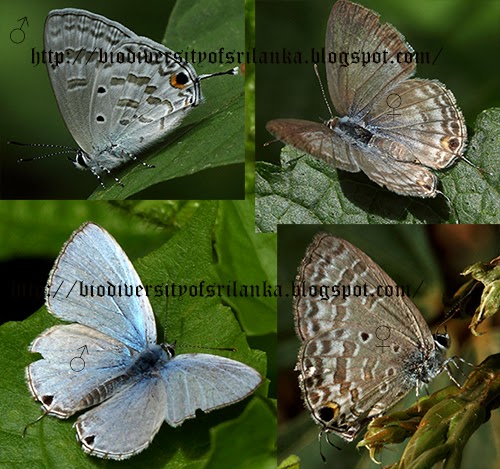
Sand
Lizard is a ground dwelling reptile inhabiting sand dunes and open scrublands in
the coastal areas around the island. But it is much common in arid North,
Northwestern and southern parts. It feeds mainly on
insects such as ants, termites, beetles etc. It is capable of running on its
hind legs with considerable speed with its tail raised. Sand Lizard active
mainly during early hours of the day and again in the evening. During heated
hours of noon it is less
active and stay in shady areas or in natural burrows.
Note: Sitana species inhabiting dry coastal areas of the southeastern Sri Lanka is now considered as a separate endemic species identified as Sitana bahiri while its northern congener Sitana devakai confine to the drier coastal areas of north and northwestern parts of the island.Therefor this individual lizard photographed at Bundala Nationa Park can be considered as a Sitana bahiri.
බහිර්ගේ තැලි කටුස්සා/Bahir's Fan-Throated Lizard (Sitana bahiri)
Bahir's Fan-Throated Lizard is highly territorial lizard and before combat and prior to mating, male extend and stretch it's throat-fans very quickly. Also swivel its head and open its dark blue color mouth in a threat pose to its male opponents. It feeds on insects such as dragonflies, caterpillars and butterflies as well as tiny crabs.
References:
Amarasinghe, A.A.T., Ineich I., Karunarathna D.M.S.S., Madhava W., Botejue S. & Campbell P.D., 2015 Two new species of the genus Sitana Cuvier, 1829 (Reptilia: Agamidae) from Sri Lanka, including a taxonomic revision of the Indian Sitana species, Zootaxa 3915(1): 67-98

















































